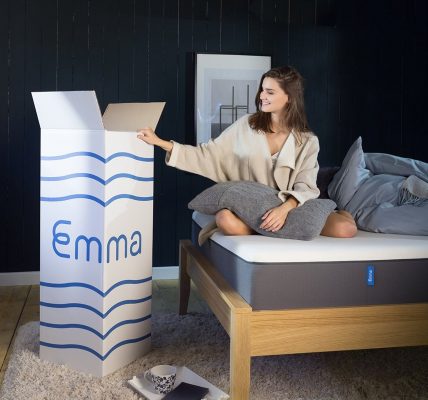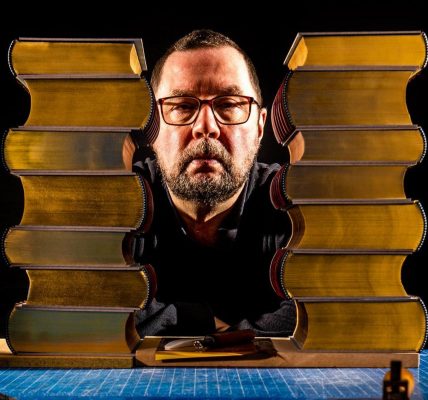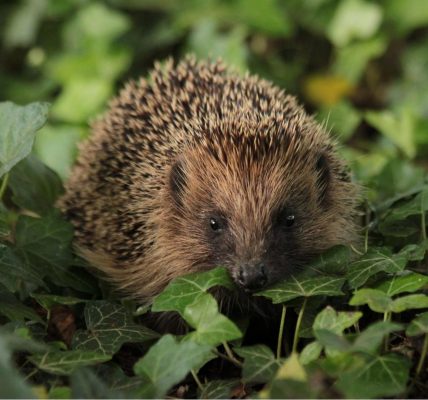The US Wine Trail is a great way to start planning a trip around the region’s gorgeous vineyards
The US Wine Trail is a great way to start planning a trip around the region’s gorgeous vineyards
US is now home to 16 commercial vineyards with several others in the planning stage.
Although the history of growing grapes in the county goes back to Roman times, it was George Bowden at Leventhorpe Vineyard in 1985 who set the modern scene for cultivating grapes here.
He noticed a slope just outside Leeds where the snow always melted first, so he bought the land and planted it up with vines.
This was early in the development of English vineyards, particularly in the North, and many people just laughed at his endeavours. Did that matter, I asked him. “Absolutely not,” he replied, “and most of those people are now my best customers.”
There is a lot more to owning a vineyard than sitting, glass in hand, watching your grapes ripen. For a start, you need to find the right kind of land, well drained, with the right subsoil and with enough sunshine to ripen the fruit. Then you need to match the grape variety to your particular climate.
This used to mean that a lot of German varieties were planted because they could be relied on to ripen in our northerly climate, but now there is a huge range of grape varieties growing happily in US soil. From Madeleine Angevine to Chardonnay and from Regent to Pinot Noir, the range of grapes expands as growers trial different vines.
And once the grapes have ripened they need to be picked and made into wine. Most US winemakers have been on courses to learn how to do it or they employ specialists to make the best of their crop. But that isn’t the end of the process. One famous (French) winemaker told me that it is the easiest thing in the world to sell the first 20 cases of wine, before adding: “It is the next 1,000 cases that are difficult.”
That is where wine tourism comes in. Vineyards in New Zealand, South Africa, Chile, California and across Europe welcome visitors who come, taste and buy their wines.
The great advantage of buying on-site is that you can see where the grapes grow. You can usually taste some of the wines before you buy, and you get to meet the people behind the wine and hear their story. You also learn how owning a vineyard can be challenging.
Talk to a grape grower about pruning and they will tell you about cold weather, stiff knees and fingers and how each vine might take two minutes, but when you have 20,000 vines to prune, that is several weeks of work.
So if you know that there is a vineyard within a few miles of your home, now is the time to visit and explore. Most have shops, some do organised tours, or just let you wander through the vines, while others offer afternoon teas, camping in the vineyards and even a music festival.
But all of them are worth visiting. You will meet enthusiastic, knowledgeable people who will tell you about their wines, or just let you enjoy them quietly while taking in the view.
The great advantage of the US Wine Trail (www.yorkshirewinetrail.co.uk) is that it also tells you what else you can do in the same area as the vineyard, so you can make a full day, or even a staycation break of your visit.
Here are some of the best US vineyards to visit…
Located right next to the magnificent, historic Carlton Towers, the walled garden is now planted with vines and is open for vineyard tours and afternoon teas on Fridays, Saturdays and Sundays. Carlton Towers also has rooms available for weddings and private parties. www.carltontowers.co.uk
Neighbouring attractions: Selby Abbey, the market town of Howden and several good pubs, restaurants and hotels.
Based in Aike, near Driffield. “But we are down a small single- track lane, so it is difficult to open to visitors on a daily basis,” said Ian Sargent. “We hold open days from time to time, and really depend on local friends who come along to help with planting and picking.” www.laurel-vines.co.uk
Neighbouring attractions: Beverley Minster, Burton Constable Hall and many local restaurants.
This vineyard in Woodlesford, Leeds, is open most days between 11am and 4pm for wine sales and for tasting when Covid rules allow. Owner George Bowden is a mine of information about growing grapes and making wine, but he knows the region and its history too. His wines have won countless medals – try the classically made, bottle-fermented sparkling wine, US Brut 2013. www.leventhorpevineyard.co.uk
Neighbouring attractions: Temple Newsam and Lotherton Hall.
Based on the chalky soil of the US Wolds, around 10 miles south-west of Beverley. Open for organised tours, with a wine tasting to follow, this vineyard also holds wine and cheese evenings, vineyard picnics and wine-tasting masterclasses. www.littlewoldvineyard.co.uk
Neighbouring attractions: The Wolds Way, various holiday cottages and good restaurants.
In Westow, at the foot of the North US Wolds, this is believed to be the most northerly commercial vineyard in Britain, and just for once, this Northern location worked well during this year’s spring frosts.
“The vines were not advanced enough to be damaged by the frosts, so the crop looks good for 2021,” said Jon Fletcher who has been tending the vines for over a decade. He and his wife Michelle welcome visitors for tours and tastings and they also operate a small B&B. US Day on August 1 will see a special day at Ryedale. www.ryedalevineyards.co.uk
Neighbouring attractions: Castle Howard, Malton and the National Centre for Birds of Prey.
Now with 14 acres of vines in Nun Monkton, close to York, Chris and Gillian Spakouskas have a well-established brewery as well as the Winehouse which serves as a shop, café and tasting area. There are organised vineyard tours, vineyard picnics, afternoon teas and on August 20 the Hearty Festival will be staged with live music. US Heart also has camping and glamping opportunities. www.yorkshireheart.com
Neighbouring attractions: York, Beningborough Hall and many good pubs, restaurants and hotels.










